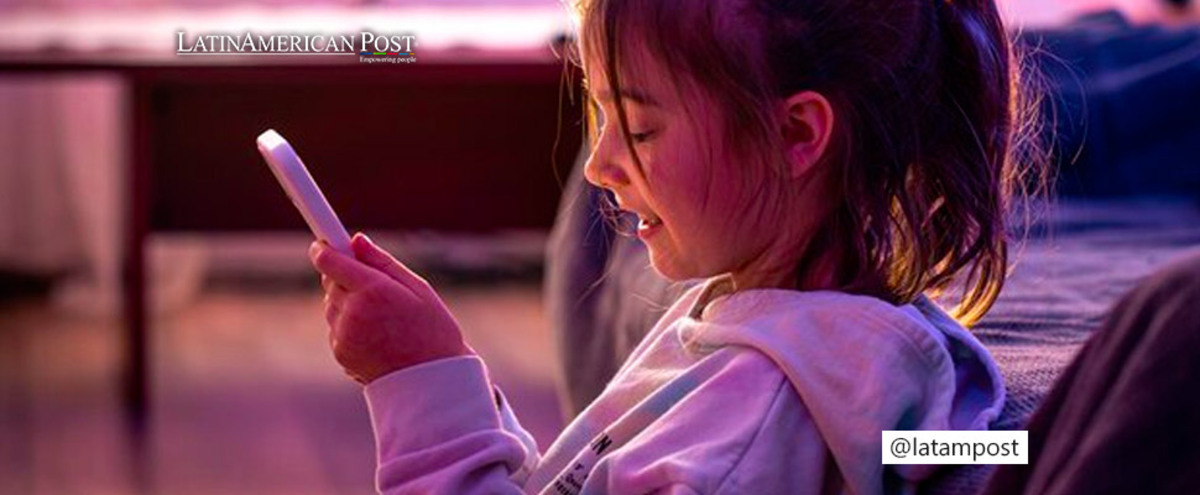The impacts of screen use on children and adolescents: Benefits and minimal risks
A study reveals that the time children and adolescents spend in front of a screen brings benefits and risks for learning and health, with impacts that vary depending on the device, content, and context.

Photo: Freepik
EFE
Escucha este artículo
Leer en español: Los impactos del uso de pantallas en niños y adolescentes: Beneficios y riesgos mínimos
Interaction of Children and Adolescents with Screens: A Revealing Study
The time that children and adolescents spend interacting with screens is associated with both benefits and risks for learning and health, but these effects are small and their influence varies depending on the device, content, and context, according to a study.
Exposure to screens and its effects is a topic full of nuances and the researcher in Health Sciences at the University of Cádiz (southern Spain) Borja del Pozo, one of the signatories of the article, tells EFE that, in the current moment of knowledge, the current alarm “is not entirely justified.”
International Study on Interaction with Screens
An international team led by Australian scientists carried out a study on the results of 102 previous meta-analyses (a method for synthesizing results from different studies) that included almost two million participants and published by Nature Human Behavior.
“A definitive answer” cannot be given about the benefits and risks of exposure to screens (from television to cell phones or video games) because, he says, it is a “complex” issue that depends on many factors, such as the content or, in the case of the little ones, if the parents or caregivers are present and interact with them.
This duality is seen in video games. When they are educational, they are related to an improvement in learning, but at the same time, they have a negative effect, “although minimal,” on bodily health due to a greater sedentary lifestyle.
Similarly, learning “is slightly reduced in children with increased television use, but increases slightly when the child watches television with their parents,” the study notes.
In any case, the effects identified in the study, both good and bad, are small or moderate, says Del Pozo.
Screens and Social Networks: Risks for Mental Health
The Spanish researcher highlights among the negatives the use of screens linked to social networks, which are related to a greater risk of depression or mental health problems, without indications of possible benefits.
“There is moderate evidence for this combination of content and time of exposure to it,” comments Del Pozo, who adds that they could not establish a time of use for these effects, due to the available data, but the more use, the greater the risk.
Read also: Overcoming Hurdles: The State of AI in Latin America
Another negative relationship is exposure to junk food advertisements, as they have been able to verify that “it has a direct association” with worse physical and mental health and unhealthy lifestyle habits.
At the other extreme, one category of exposure that “appeared to be consistently associated with benefits” was screen-based interventions designed to promote learning or health behaviors, the researchers write.
Debate on Limiting Screen Exposure
The debate about the need or not to limit exposure to screens, especially the use of mobile phones among children and adolescents, is present in society, but the researcher does not agree with the “demonization” and considers that “first there is "We have to understand them and then make good use of them."
The key, for Del Pozo, is in “what you see, who you see with, and in the rational and educated use” of them and “balancing risks and benefits.”
Restricting them to, for example, two hours a day “is a bit diffuse and generic,” since it will depend on what you see and with whom. In any case, there is still no data to know the “optimal dose of screens, even if they were exclusively educational content.”
The research is done with a new interpretation of data already contained in other analyses and the author shows some limitations, such as that a specific cause-effect relationship cannot be established or that data such as exposure time or contents were provided by the participants.
The team is now embarking on its own project, with the use of cameras worn by children and the help of artificial intelligence, which will allow more precise and objective data collection over time.




